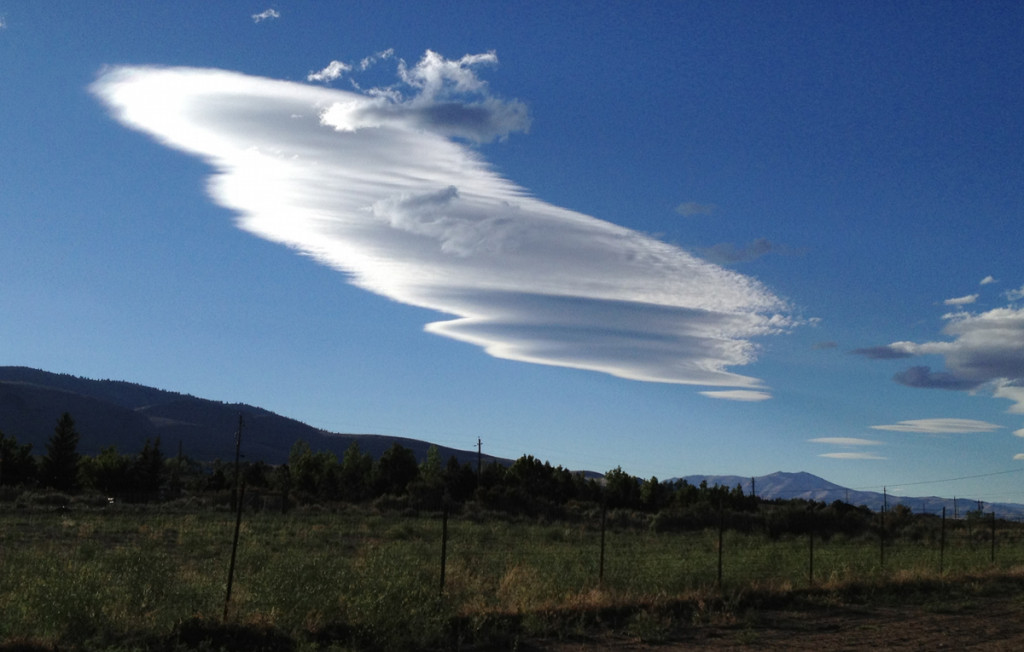Maintaining Immunity
There’s nothing like breathing 3 hours of recycled air on a crowded plane to focus the mind on the value of immunity. Winter holidays are all about sharing, and share we do.
If you find yourself stuck between two sneezing seatmates without your Zicam (homeopathic nose spray) or your vitamin C, take heart and remember Louis Pasteur’s famous last words: “The germ is nothing, the environment is everything.”
In his 11th hour recant of his famous germ theory, Pasteur realized that if the body’s cellular metabolism and pH is perfectly balanced, it’s simply not susceptible to disease; so a germ doesn’t produce disease any more than a vulture produces roadkill, or rats produce garbage.
In Chinese medicine there are four levels of immunity that must be maintained: wei qi, qi, ying, and xue, all of which are of equal importance. If you do catch a cold or get the flu, having strong qi, ying and xue immunity means you’ll get over it quicker and the symptoms won’t be as bad.
But prevention is clearly the best cure, and that means wei qi, or the exterior protective energy that keeps the surface of the body firm or closed. It is the invisible suit of armor that the well-prepared traveler in this world doesn’t leave home without.
The Su Wen text (c. 400 B.C.) says that “Wind is the spearhead of a thousand diseases,” and is a pathogen in itself, but it also can combine with and facilitate the entrance of other pathogens into the body. If the body’s wei qi is weak, wind pathogens enter the first level of the body’s defense through the skin below the skull on the back of the neck (you feel a slight sore throat, possibly a slight fever) and makes its way toward the Lung, the second level of the body’s defense (sore throat and fever abate and coughing begins).
If the patient gets to his acupuncturist/herbalist at the first signs of cold or flu, when the pathogen is in the superficial, taiyang stage (you feel a slight sore throat and some light-headedness) the doctor will needle points on the Lung and Large Intestine meridians in order to “open the exterior” of the body to let the pathogen out and give herbs to expel the pathogen via diaphoresis. Your body eliminates the pathogen and you don’t get sick.
There are six levels of progression of cold pathogen through the body, three yang (exterior) and three yin(interior)—and each level presents with a distinctive tongue and pulse pattern as well as more and more severe symptoms of cold/flu. Your chances of avoiding a cold are always best if you get to your doctor while the pathogen is still in the most exterior level (this is the taiyang stage—the most superficial, skin level of the body). Opening the exterior and letting the pathogen out may still work while the pathogen is in the next two levels below skin level (the shaoyang and yangming stages) but at the halfway point of its progression from yang to yin level, when it goes from level three to level four, from yangming to taiyin stage (symptoms here include uncontrollable sweating, chills and fever, profuse watery discharge from sinuses and Lung and a pale complexion), the pathogen is too entrenched and can no longer be removed, and the treatment protocol shifts to tonifying (nourishing) the organs through which the pathogen will now travel, thus allowing the body to heal itself more quickly. If you mistakenly open the exterior when the pathogen is more than halfway through its circuit of the organ systems, you only invite more pathogens into an already compromised system.
For those who live in fear of swine flu and ever-stronger, more resistant strains of pathogens, take heart again: Eastern medicine may cast a broader, older nomological net over its patients, but its principles are strong, still apply, and have stood the test of time –because we are of this world, nothing in the world can be beyond our strength to withstand.
–Dr. Gary Danchak, OMD
References:
- Li, Wei, L.Ac. & Frierman, David, L.Ac. Diseases of the Kidney and Bladder. Blue Poppy Press, Boulder, CO 2006.
- Young, Dr. Wei-Chieh, Tung’s Acupuncture, Chih-Yuan Books, Taipei, Taiwan, 2005
- www.neurotalk.psychcentral.com
- www.socialresearchmethods.net/kb/nomonte.php








